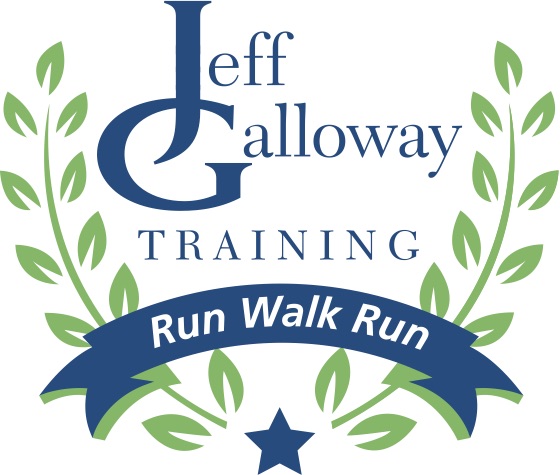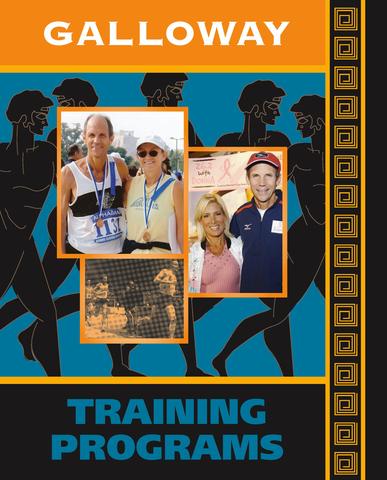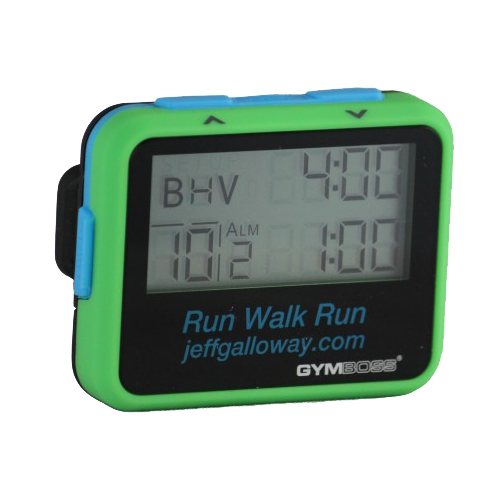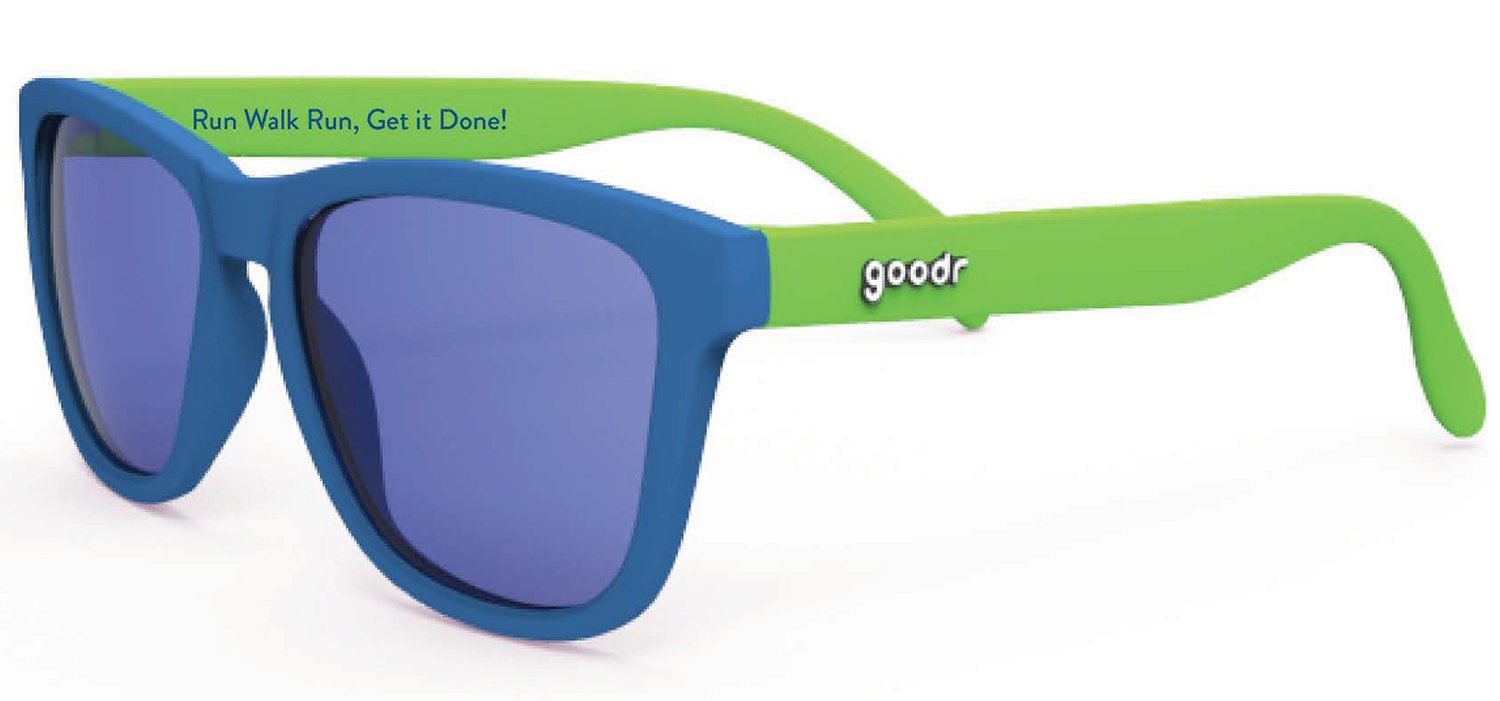Training
Learn More in Galloway Training Programs
Hill Training
**Hill Training Builds Strength—And More**
Hill training strengthens the legs for running better than any other activity I know. At the same time it can help you improve leg speed and enhance your ability to run hills in races. The hill training segments provide a gentle introduction to faster running while improving your capacity to perform speedwork later in the program.
Beginners shouldn’t do hill training. If you’ve run several road races, you could run 1-4 hills (as mentioned below) on one of the short runs during the week. More experienced runners can follow the scheduled hill sessions on the schedules in this book.
The Hill Workout
• Walk for 5 minutes.
• Warm-up: Jog and walk to a hill—about 10 minutes. Jog a minute and walk a minute (a longer warm-up is fine).
• Do 4 acceleration-gliders. These are listed in the “Drills” chapter (don’t sprint).
• Walk 5-10 minutes as your warm down.
• Choose a hill with a gentle grade—steep hills often cause problems and bestow no additional benefit.
• Walk to the top of the hill. Then step off the length of your hill segment by walking down from the top:
-50 walking steps for those new to hill training.
-100-150 steps for those who have done very little speed work before.
-150-200 steps for those who have done speedwork, but not within the past 6 months. -200-300 steps for those who have been doing regular speedwork.
• Mark the place after you count the steps. This is where each hill starts.
• Run up the hill for 5 seconds and then down for 5 seconds. Walk for 30-60 seconds. Repeat this 5-10 times. This finalizes the warm-up.
• Walk for 3-4 minutes.
• Run the first few steps of each hill acceleration at a jog; then gradually pick up the turnover of the feet as you go up the hill.
• Get into a comfortable rhythm so that you can gradually increase this rhythm or turnover (# of RPM’s of feet and legs) as you go up the hill.
• Run with a relaxed stride, and keep shortening stride as you go up the hill.
• It’s OK to huff and puff at the top of the hill—but don’t let the legs get overextended or feel exhausted.
• Run over the top of the hill by at least 10 steps.
• Jog back to the top of the hill and walk down to recover between the hills. Walk as much as you need for complete recovery after each hill.
Find more in the book Galloway Training Programs





